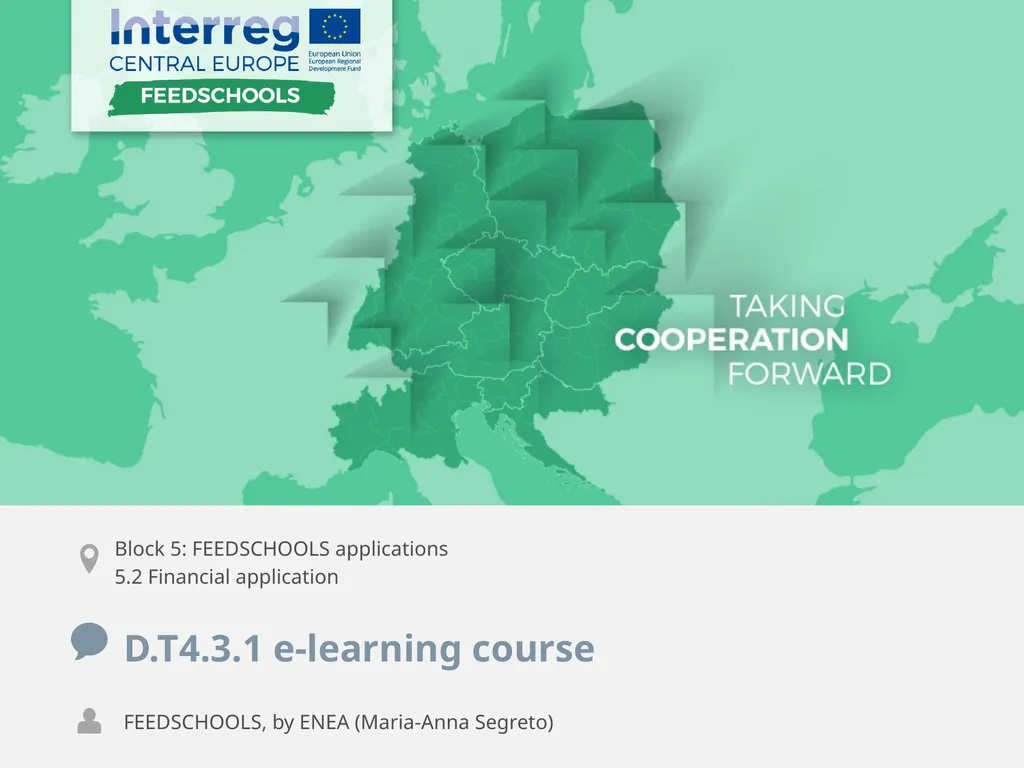
Block 5: FEEDSCHOOLS applications 5.2 Financial
Author: alida-meadow | Published: 2025-05-29
Description: Block 5: FEEDSCHOOLS applications 5.2 Financial application D.T4.3.1 e-learning course FEEDSCHOOLS, by ENEA (Maria-Anna Segreto) 5.1.1 Financial Analysis (link) 5.1.2 FEEDSCHOOLS Financial App (link) Learning Objective: The FEEDSCHOOLS
Download Presentation
Download the PPT/PDF: Download
Transcript:
Loading transcript…